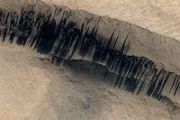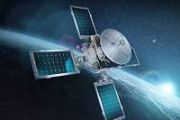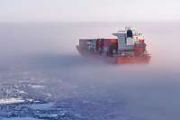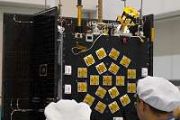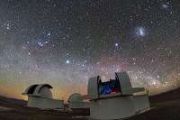
Copernical Team
Intriguing correlation between earthquakes and cosmic radiation
 There is a clear statistical correlation between global seismic activity and changes in the intensity of cosmic radiation recorded at the surface of our planet, potentially helping to predict earthquakes. Surprisingly, it exhibits a periodicity that escapes unambiguous physical interpretation.
Strong earthquakes usually result in many human casualties and huge material losses. The scale of
There is a clear statistical correlation between global seismic activity and changes in the intensity of cosmic radiation recorded at the surface of our planet, potentially helping to predict earthquakes. Surprisingly, it exhibits a periodicity that escapes unambiguous physical interpretation.
Strong earthquakes usually result in many human casualties and huge material losses. The scale of Virgin Galactic to send Italian researchers to space, then regular commercial flights

Final launch of Europe's Ariane 5 rocket postponed

The final launch of Europe's Ariane 5 rocket has been postponed due to a technical problem, French firm Arianespace said on Thursday, in the latest blow to European space efforts.
After 27 years of launches, the Ariane 5's 117th and last mission had been scheduled to blast off between 2126-1001 GMT on Friday from Europe's spaceport in Kourou, French Guiana.
But "it has come to light that there is a risk to the redundancy of a critical function on the Ariane 5," tweeted Arianespace, which operates the rocket.
"Consistent with safety requirements, Arianespace has decided to postpone the roll-out of the #VA261 launch vehicle," it added.
"Analyses are underway to determine a new launch date."
The rocket and its payload of one French and one German communication satellite "are in the final assembly building in stable and safe conditions," Arianespace added.
The postponement comes as Europe struggles to find a way to independently blast heavy-load missions into space due to repeated delays for the next-generation Ariane 6—and Russia withdrawing its Soyuz rockets because of sanctions over its war in Ukraine.
Ariane 5 flight VA261: launch delay

The Ariane 5 flight scheduled for 16 June has been delayed. Launch operator Arianespace announced on Twitter: "It has come to light that there is a risk to the redundancy of a critical function on the Ariane 5. Consistent with safety requirements, Arianespace has decided to postpone the roll-out of the VA261 launch vehicle. Analyses are underway to determine a new launch date."
More information to come.
Paving the way for a new era in space: ESA's ambitions at the Paris Air Show 2023

The Paris Air Show, one the oldest and largest aerospace events in the world, is back at Le Bourget from 19 to 25 June. ESA is taking part to showcase the Agency’s latest accomplishments, highlight upcoming endeavours and present what’s next in the European Space Agency’s long-term ambitions. There will also be an intense week-long programme of lively panels and sessions, some of which will be livestreamed on ESA Web TV and Twitter. So, whether you are in Paris or not, you can join us at Le Bourget by watching our broadcasts!
Handing over European Service Module for Artemis II
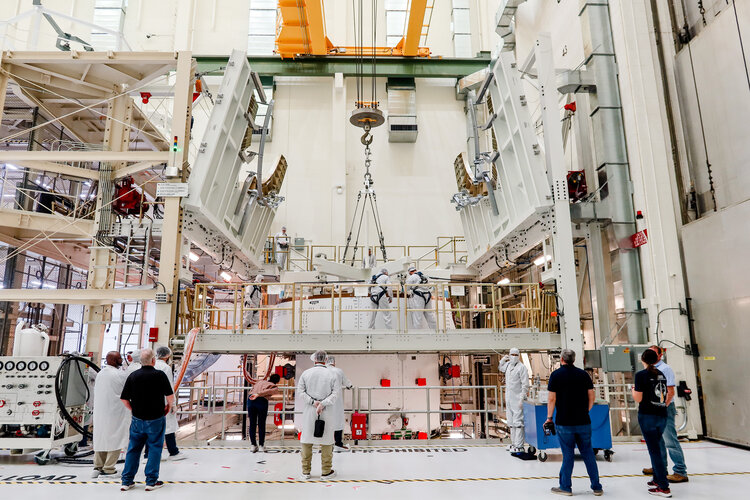
Microfluidics in space to detect extraterrestrial life signatures and monitor astronaut health
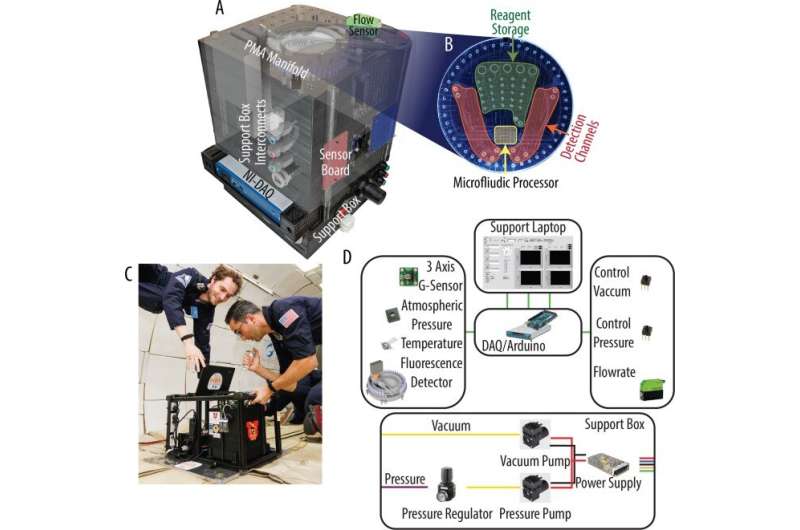
Winners unravel Euclid #CosmicMystery with creative inspiration

Over 90 participants were up for the challenge to visualise just how much we know and don’t know in the Universe and explain the #CosmicMystery that ESA’s Euclid mission will soon begin to investigate. From songs, crochets and animations to apparel, paintings and baked goods, the creativity of participants amazed the judges.
Carbon monoxide from fires in Canada
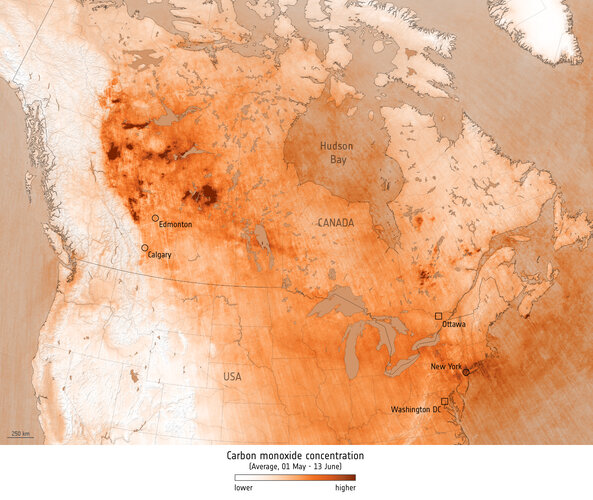 Image:
As climate change increases the risk of wildfires across the globe, the spate of fires that hit Canada in May and June suggest that 2023 is on course to be the country’s worst fire season to date. These fires not only
Image:
As climate change increases the risk of wildfires across the globe, the spate of fires that hit Canada in May and June suggest that 2023 is on course to be the country’s worst fire season to date. These fires not only Sun-watching Proba-3 formation flyers tested for take-off
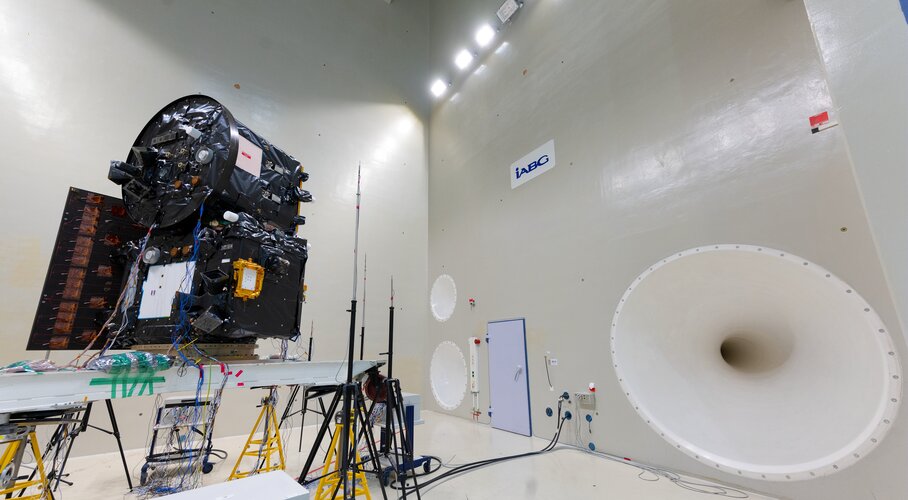
ESA’s pair of Sun-watching Proba-3 satellites have been placed in take-off configuration, one on top of the other, for testing in simulated launch and space conditions at IABG in Germany, ahead of their planned lift-off next year.















